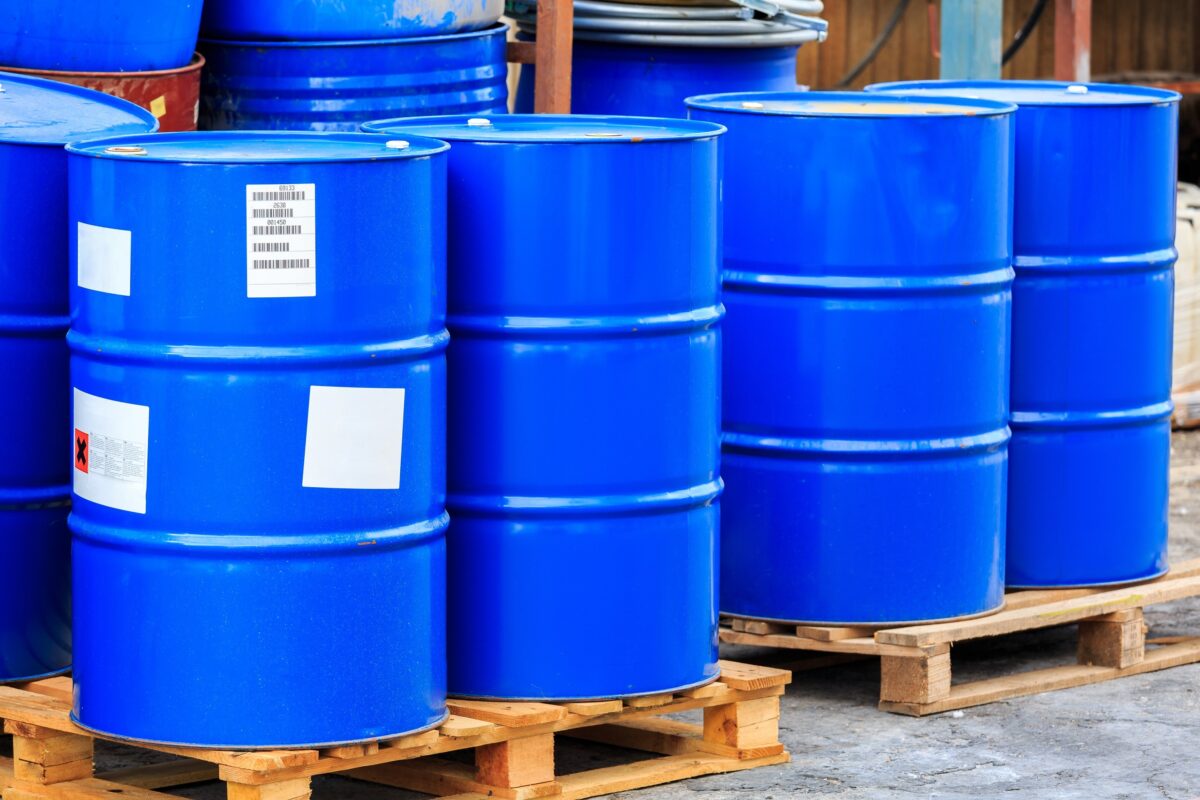BLOG
Ireland: Reach and CLP Regulations Update
- #CLP
- #Ireland
- #REACH

Regulatory changes issued in January 2021 Reinforcement of restrictions on lead in shot used in or around wetlands By Regulation (EU)…
Regulatory changes issued in January 2021
Reinforcement of restrictions on lead in shot used in or around wetlands By Regulation (EU) 2021/57 of January 25, 2021, the European Commission amended the restrictions on lead used for shooting in or around wetlands. To this end, amendments that come into force on February 15, 2021 were made to Annex XVII of the REACH regulation to control more strictly lead and its compounds (CAS No. 7439-92-1, EC No. 231-100-4). Considering that the use of lead in wetlands entails a risk for water birds, which ingest the lead shot fired, causing toxicological effects and therefore risks for humans consuming these birds, the regulation provides for restrictions on the use of such shot from February 15, 2023 in order to protect the environment and reduce the number of lead poisoning deaths in waterbirds (about 1 million each year). Member States will have the possibility to put in place restrictions on the placing on the market of these shot or on their use. They will also be able to maintain stricter national provisions. Marketing and use authorizations for substances By Decision C(2021) 47 of January 13, 2021, the European Commission authorized the industrial use of high-temperature coal tar pitch (CAS No. 65996-93-2, EC No. 266-028-2) by ArianeGroup until October 4, 2032. This substance can be used in the manufacture of carbon subjected to high thermal and thermomechanical loads, for high-performance civil and military aerospace launchers. Updating the list of substances of very high concern (SVHC) The European Chemicals Agency (ECHA) announced, in a press release dated January 19, 2021, the update of the candidate list of substances of very high concern (SVHC) that could harm people or the environment with the inclusion of two new substances. These two substances, used in particular in the manufacture of plastics and rubber tires, were added because they have toxic effects on reproduction. The two substances added are as follows:- Bis(2-(2-methoxyethoxy)ethyl)ether (CAS No. 143-24-8, EC No. 205-594-7)
- Dioctyltin dilurate, stannan derivatives, dioctyl, bis(coconut acyloxy), and any other stannan derivatives, dioctyl, bis(fatty acyloxy), where C12 is the predominant carbon number of the fatty acyloxy moiety.
Plans and announcements of regulatory changes for January 2021
Consultations on Harmonized Classification and Labelling In January, the European Chemicals Agency (ECHA) opened to the public two consultations on the harmonized classification and labelling of hazardous substances. Both consultations are open until March 12, 2021 and concern the following substances:- Methyl 5-(2,4-dichlorophenoxy)-2-nitrobenzoate; bifenox (CAS No. 42576-02-3, EC No. 255-894-7)
- reaction mass of N,N’-ethane-1,2-diylbis(decanamide) and 12-hydroxy-N-[2-[(1-oxodecyl)amino]ethyl]octadecanamide and N,N’-ethane-1,2-diylbis(12-hydroxyoctadecanamide) (EC No. 430-050-2)
Enforcement assistance documents published in January 2021
FAQ – frequently asked questions Like every month, ECHA updates the answers to the most frequently asked questions, in order to help the application of the Reach and CLP regulations:- Can mixtures, subject to Annex VIII to CLP, and already placed on the market before the 1st January 2025, remain on the shelves after that date for further supply without a UFI?
- How should substances and mixtures be labelled in order to be CLP-compliant after 1 January 2021 if the label contains the contact details of a UK-based supplier?
- Can cosmetic products supplied in bulk to another entity for packaging be considered as cosmetic products ‘in the finished state and intended for the final user’ and therefore fall outside the scope of the CLP Regulation, as specified in Article 1(5)(c)?